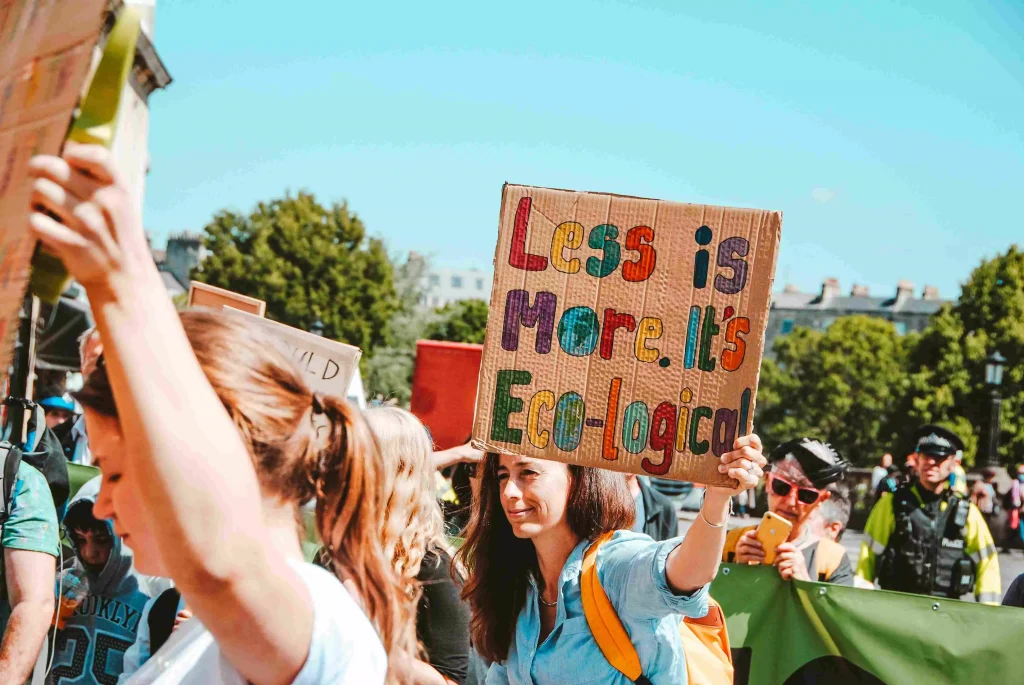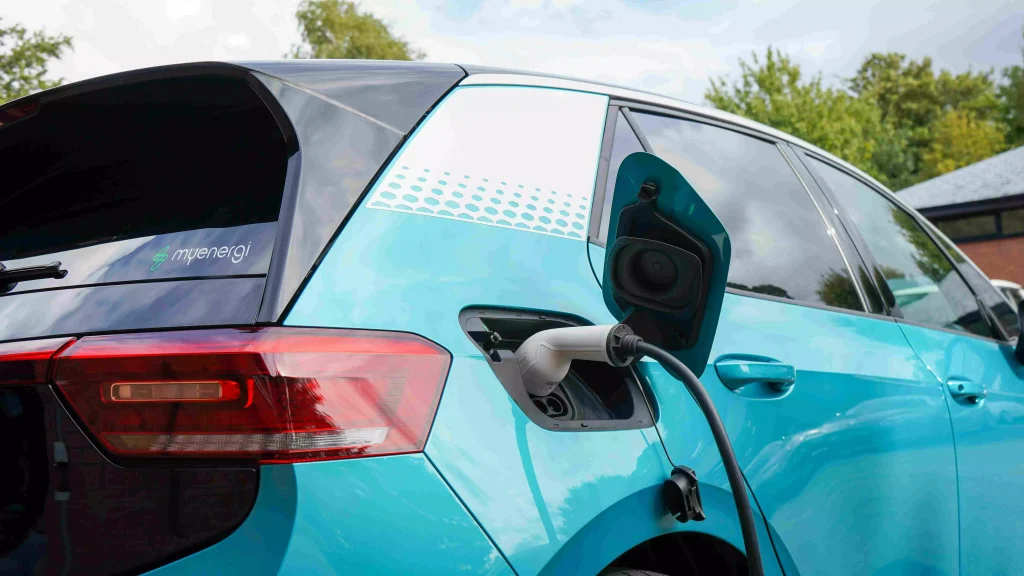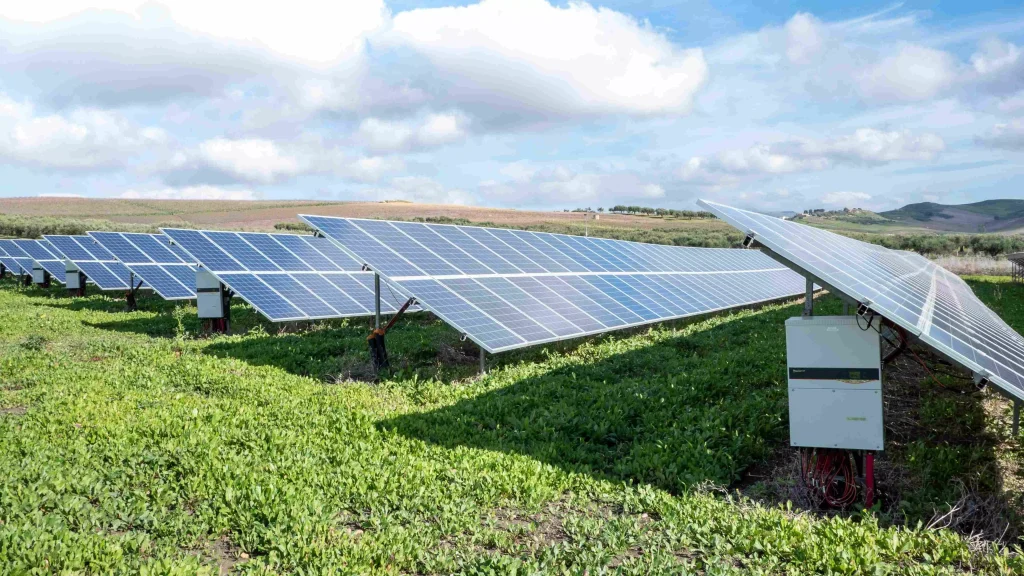In the modern world, it is crucial to find sustainable and environmentally friendly ways to live.
Avoiding plastic bags is only one aspect of being environmentally conscious; making daily decisions that affect the future of our species is equally important.
We can become more aware of living in a green way by taking steps to reduce pollution, protect animals, save natural resources, and do other things that can slow down climate change and global warming.
Since it only takes relatively small actions to have a big environmental impact, most people struggle to make a real difference since they don’t know where to start.
Green Living: What Is It?

Green living, also known as sustainable living, is a way of life that aims to minimize how much a person or society uses both their own resources and the natural resources of the planet. In actuality, it is concerned with making minor and large-scale lifestyle decisions that are consistent with the Earth’s carrying capacities while preserving (or occasionally even enhancing) our standard of living.
The dwellings and equipment we use, in addition to our lifestyle choices, have an effect on the environment. Green living can be high tech (such as purchasing a hybrid car), low tech (such as using green cleaning products), or fully “back to nature.” It could be off the grid or the smart grid.
The transition to a renewable energy-based, reuse/recycle economy with a diverse transportation system is what is meant by sustainable living in the twenty-first century. -Lester R. Brown, founder of the Earth Policy Institute and the Worldwatch Institute,
Simply put, going green means:
Cutting down on waste

Trash generation is a contributor to rising levels of carbon dioxide emissions, the leaching of hazardous compounds into soil and rivers, and methane emissions. Over the period of ten years, 500 trillion pounds of American resources will have been converted into gases and non-productive wastes in America alone. So, being aware of trash is essential to sustainable living. Reducing waste, reusing products, and recycling are ways to achieve this.
In sustainable living, there are several techniques to reduce waste. Taking steps to stop junk mail and converting paper transactions to online documents are just two ways to cut down on paper waste. Purchases made in bulk result in less packaging waste, which is another way to reduce waste. Avoiding food waste is an alternative to accumulating organic waste, which results in expensive methane emissions.
Composting is a way to recycle food waste into the environment. Composting can be done locally through communal composting or at home. One way to cut down on waste is to be careful not to buy too much of things like paint that have limited uses.
Recycling is a particularly helpful method of assisting in the renewal of commodities since it converts discarded objects into raw materials for the creation of new materials. Collection and processing, manufacturing, and buying recycled goods are the three main recycling activities.
Find eco-friendly petrol alternatives

When fossil fuels like gasoline are burned and released into the atmosphere, greenhouse gases are produced. When compared to driving a car that runs on gasoline or diesel, an electric vehicle reduces damaging CO2 emissions while relieving users of any financial obligation to pay for skyrocketing fuel prices.
If you are concerned about your carbon footprint and the environmental impact of your driving activities, the time may be right for you to transition from driving a fossil-fueled automobile to an electric vehicle. Vehicles powered by hydrogen fuel cells are a viable alternative.
A well-liked and really cutting-edge alternative to gasoline that is aiding in the fight against the effects of global warming is hydrogen. There are several alternatives to gasoline that are better for the environment and less expensive than gasoline.
Be more eco-friendly at home

To make your home more environmentally friendly, you need only examine your routines, habits, and the things that you keep there.
It is a terrific way to disconnect all of your electronics and reduce the amount of electricity that you use if you give up screens for the day or for the weekend. It may also lead to the rediscovery of basic joys such as going for a stroll, playing a board game, reading a book, or working in the garden.
Keeping an environmentally friendly home also requires the use of natural cleaning products in significant amounts.
Ask your loved ones and close acquaintances if they have any use for the item in question before you chuck it away because it is still in fine condition. You might also give it to a charity in your community. After all, what one person considers to be garbage, another may consider priceless!
If there is less mail, there will be less waste paper (and less clutter around your home). Receiving your bills electronically and making payments through the website can help conserve trees. Concerning unsolicited mail, you should immediately begin contacting businesses and requesting to be removed from their mailing lists.
Purchasing or creating your own energy

Designing a home and way of life to reduce consumption is the first step in conservation because electricity is a costly utility. Although gas-powered refrigerators are not extremely efficient, fluorescent lights, laptop computers, and all these devices all save electricity.
Some environmentally conscious families might decide to generate their own renewable energy, while others might decide to buy it from a utility that uses sustainable resources over the grid. The restricted availability of sustainable energy, however, may make it impossible in some areas to purchase it. For instance, only six of the US’s fifty states provide access to green energy.
For those who choose to, their customers often purchase green energy from a company of their choice in fixed amounts or as a percentage of their monthly use, which is then put into the entire national grid. Technically, the homeowner that purchases the green energy is not receiving it directly. In this instance, it’s likely that the buying family only receives a small portion of the entire amount of electricity that comes in.
Depending on the price being paid, this may or may not be the case. In order to support their utility’s efforts to produce sustainable energy, customers purchase green power. Although far more versatile, producing sustainable energy on a household or community level might still be constrained by the variety of sources that the environment may provide (some locations may not be rich in renewable energy sources while others may have an abundance of them).
Reduce your meat consumption

Because the industrial production of meat has a significant negative effect on the environment, shifting to a diet that relies more heavily on plant-based foods will be the more environmentally friendly choice.
If you want to consume meat, there are a few options that are more environmentally friendly for you to do so.
Animals reared using industrial methods are confined in cruel conditions, and the resulting waste has a negative impact not just on the surrounding environment but also on the water supply and the land itself.
On the other hand, livestock kept on pasture are free to roam and have a better quality of life as a result. This type of agriculture, known as regenerative agriculture, has the potential to aid in the revitalization of our lands and waterways.
However, reducing the amount of meat you consume is the only viable option for lowering the carbon footprint caused by your diet. However, a smart first step is to opt for beef that was raised on pasture rather than meat that was produced industrially.
Concluding remarks

Making more eco-friendly and responsible decisions is the core goal of living an eco-friendly lifestyle. The most compassionate thing anyone can do to lessen global pollution is to choose a healthy lifestyle that leaves fewer carbon footprints.
Living a greener lifestyle is simple, as we have demonstrated here and in subsequent blog postings. Simple conscious actions like turning off a light in a room you’re not in are a good place to start. Additionally, being environmentally mindful has advantages like financial savings! Start living a greener lifestyle right away.
Read more articles in the Lifestyle Category
